Poems and photos from Lake Biwa by James Woodham
spider walks the air
unspooling from his being
lifelines of silver
where the wind takes it
how light a life that’s floating
shadow on the sand
Santoka* walking –
nothing between him and death
haiku and sake
gift of his whole life
Santoka into the wind
ragged spirit free
reeds flailed by the wind
cry of the crow through torn cloud
sun smashed on the waves
crows hang the branches
with cacophony of sound
raggedly flapping
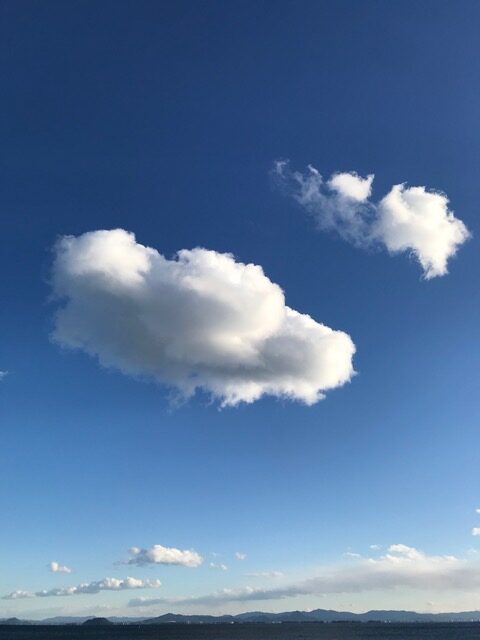
now and then a bird
sends out its notes across the sky
carol to no one
bird song floats into
the mists of meditation
perches in the mind
blessing of the lake –
ducks given all this mirror
to float nothing on
ripples at the shore
pebbles underwater
clarity surreal
autumn still as glass
all the silence of the sky
all the lakelong blue
it’s all so clear now!
dust of a thousand days
wiped from the I-phone

lake instrumental –
sun sparkles random notes
jazzing the surface
yellow butterfly
leaves off writing its sky dance
to settle, a leaf
trail of ivy leaves
scarlet in the autumn sun
necklace for the rocks
the wind passing through
nowhere no one no body only
where it goes
the cat stops mid-scratch
leg still raised eyes caught
by the air’s movement
the cat unmoving
eyes slowly closing feeling all
that there is there
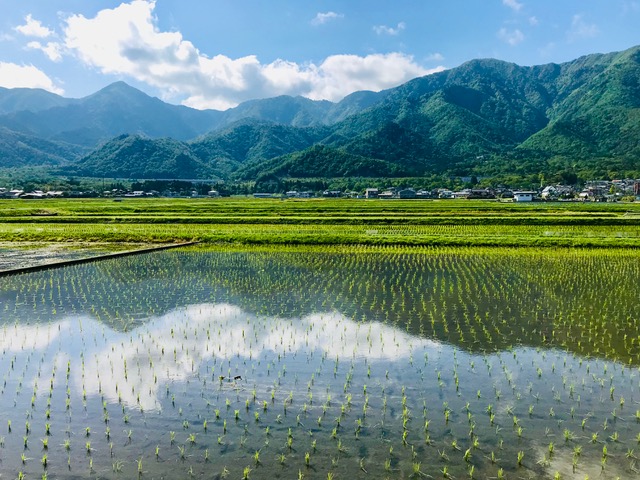
at the end of day
slowly flapping from the reeds
herohero** heron
hardly a ripple
the lake gunmetal grey
duck glides the silence
rain gentles the mind
giving it a space of grey
letting the thoughts drop
the rain relentless
a liquid blind of sound
drowning vision
wings soaked in sunlight
dragonflies under silver cloud
zipping the day up
the waves loquacious
liquid song unending
search for melody
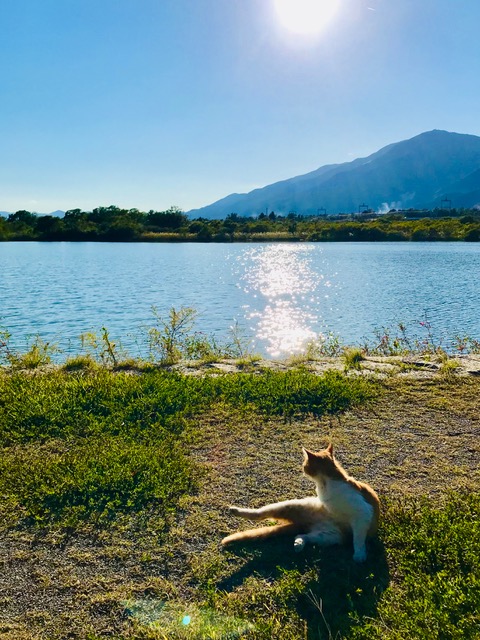
Notes
*Santoka Taneda (1882 -1940). Free-form haiku poet, inveterate drinker, and lover of the open road, he walked the length and breadth of Honshu, Kyushu and Shikoku, an estimated distance of about 45,000 kilometres.
**herohero (Jap.): ‘completely exhausted’, ‘thoroughly worn out’.
********************
For previous contributions by James Woodham, please see the striking poems and stunning photography here. Or here. Or here. Or here. For his most recent postings, see A Single Thread here, or The Wind’s Word here, and for Vagabond Song click here.


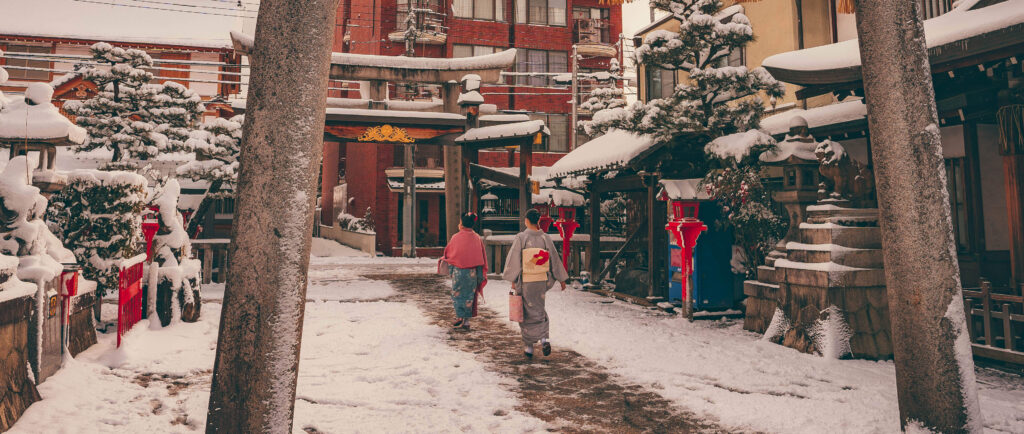
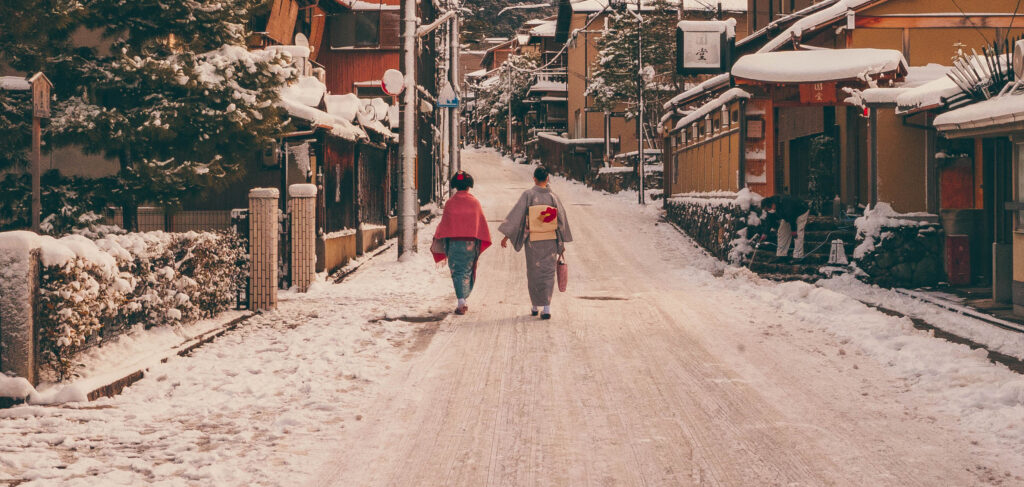
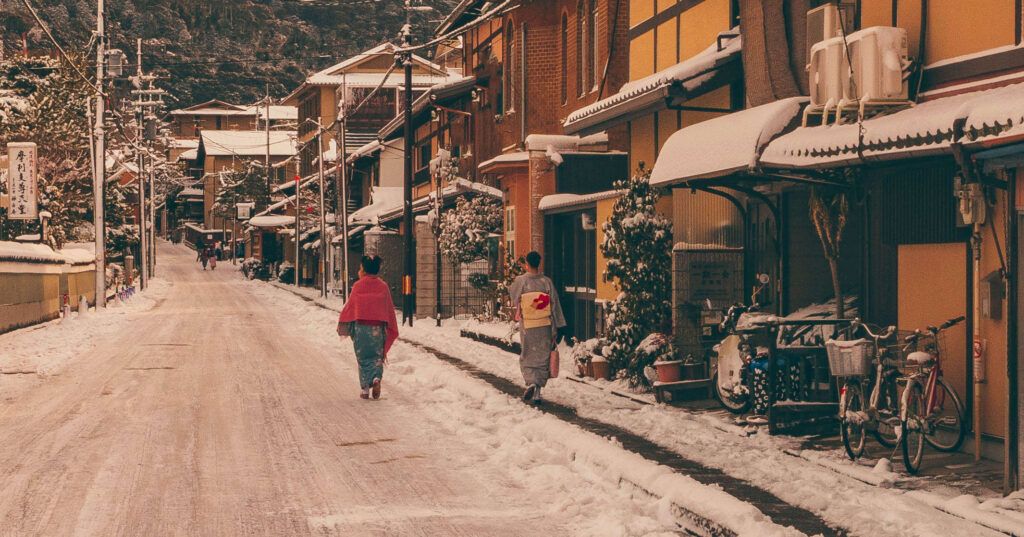
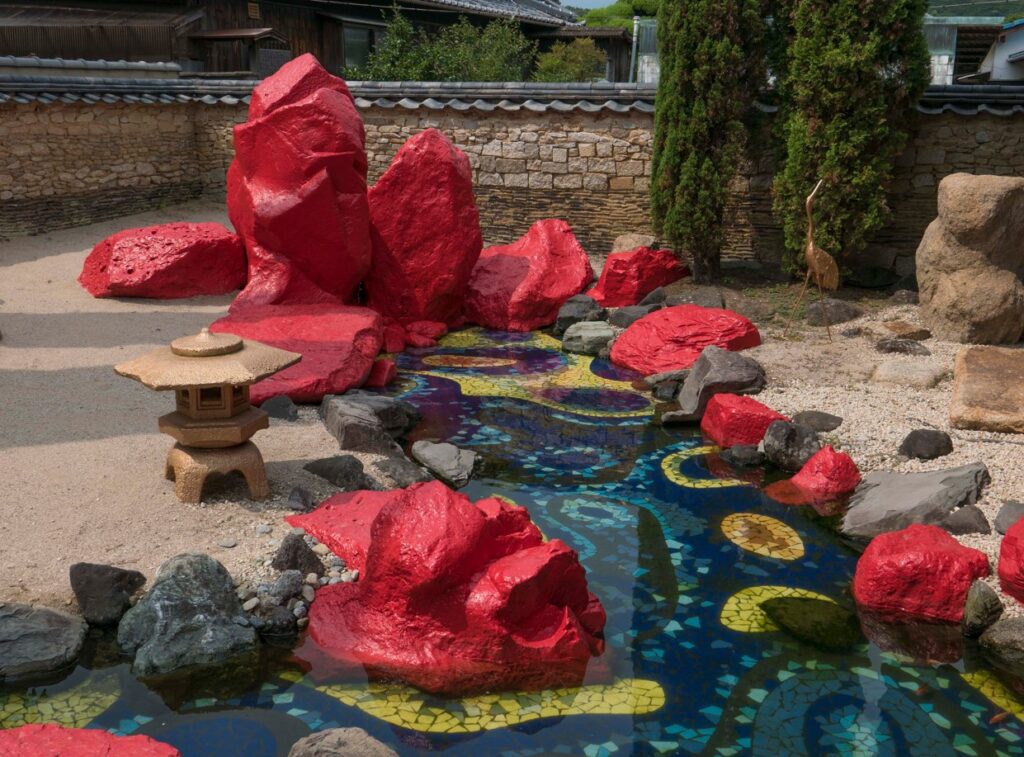
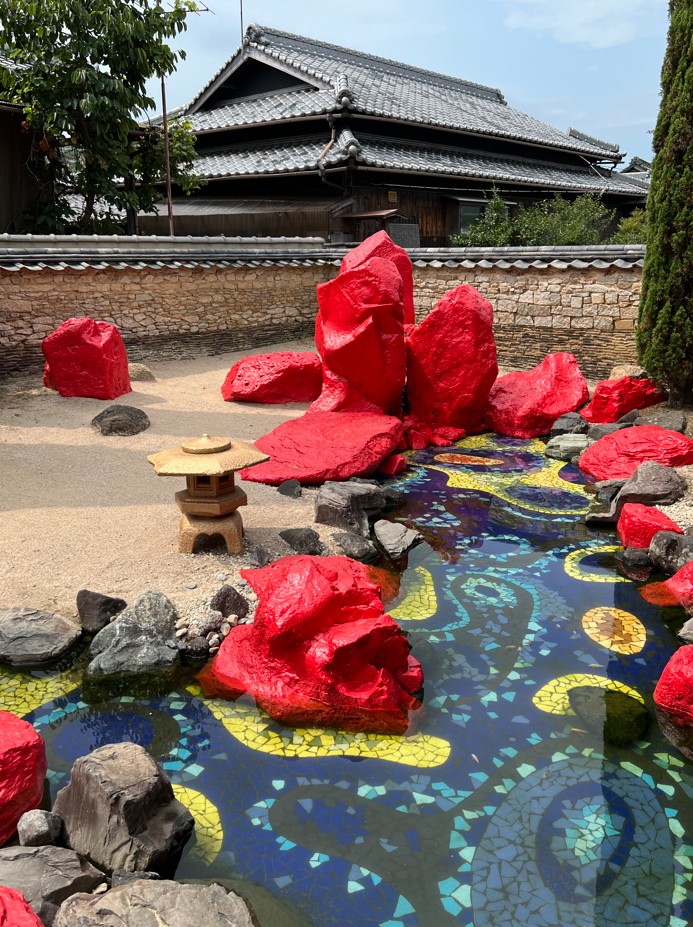
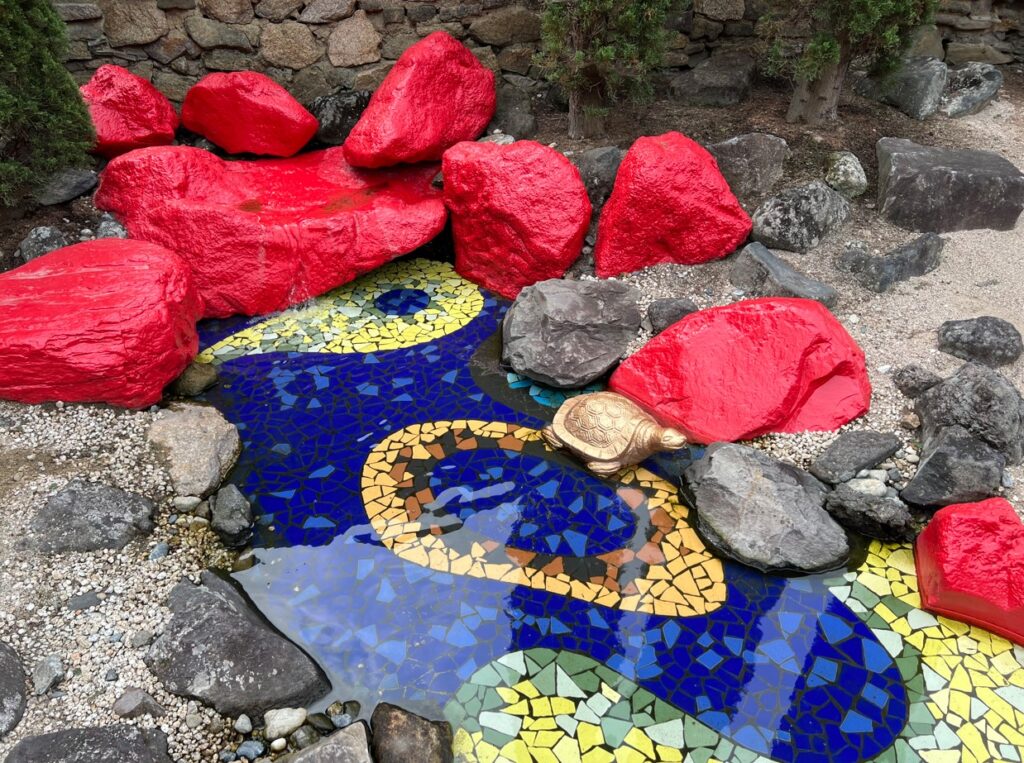

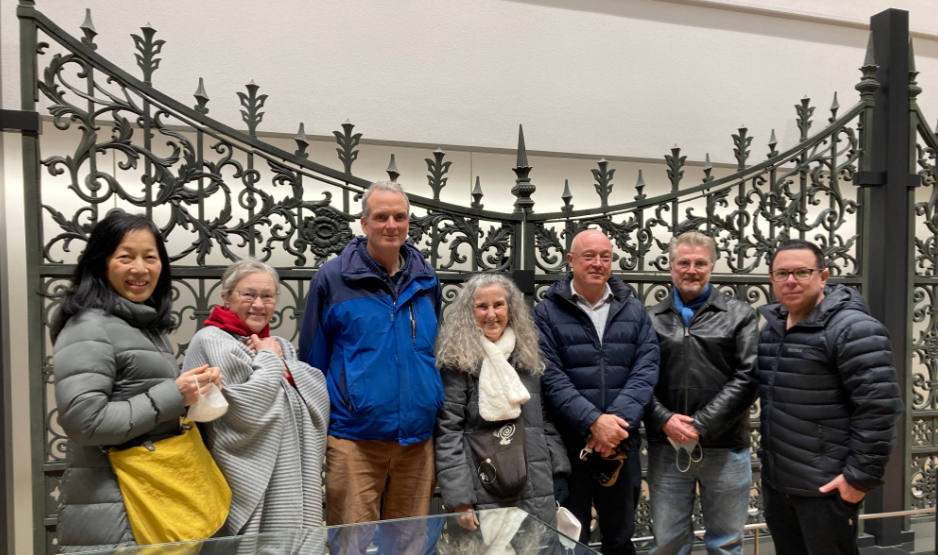

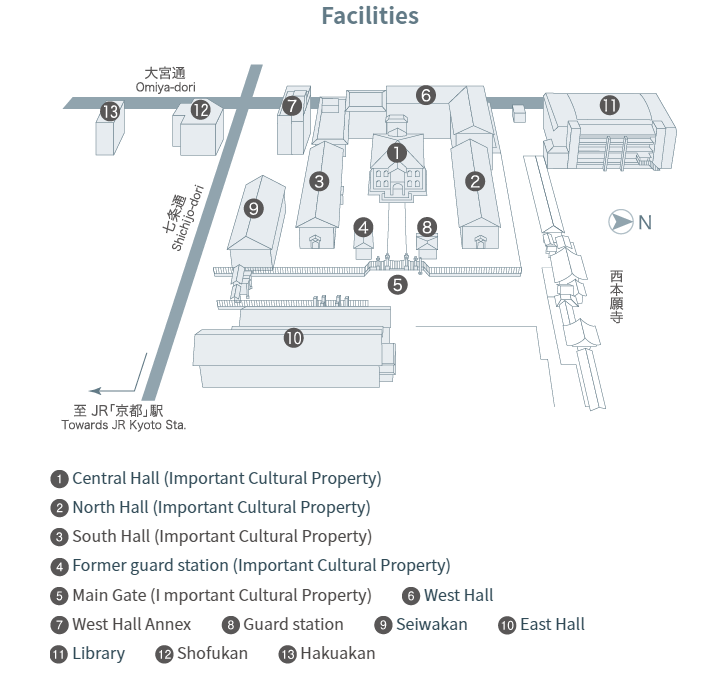





Recent Comments